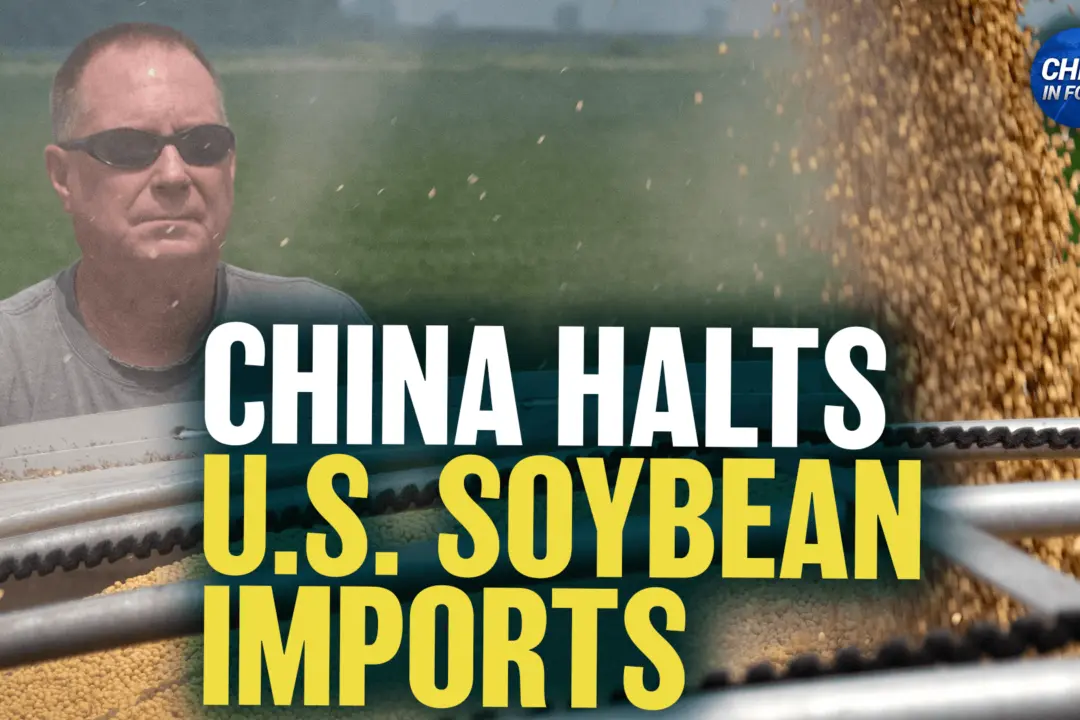Remember when American Girl dolls were all the craze? If you still have one tucked away in the attic it could be worth thousands. Yep, not hundreds, but thousands.
Recently, a Molly McIntire doll sold for $2,700 on eBay, while a Samantha Parkington doll with her original outfit and accessories sold for $400 on eBay.





